If you’ve been following the Apple iPhone lineup since its early days, you’ll be reminded of a time when iPhones were launched following an easy-to-follow numeric fashion. The iPhone 4 followed the iPhone 3GS, and so on. However, things started getting tricky with the ‘s’ series crawling in, and even more so with the Plus models that came with the iPhone 6.
Today, the iPhone lineup isn’t the simplest to understand. With multiple variants launching each year, and an ‘SE’ series running in parallel, things can get tricky. If you’re someone trying to get a pre-used iPhone or just someone who’s curious, here’s a quick dive into the chronological order of every iPhone ever launched.
2007 – iPhone
The first iPhone was announced to critical acclaim in 2007, revolutionising the smartphone industry and focusing on the touchscreen form factor.
2008 – iPhone 3G
The iPhone was followed by the iPhone 3G a year later in 2008, which as the name suggests, brought in support for 3G networks. The design of the phone remained largely unchanged.
2009 – iPhone 3GS
The iPhone 3GS focused on performance, and while retaining a similar design and 3G capabilities, the 3GS was about twice as fast as the iPhones preceding it.

2010 – iPhone 4
The iPhone 4 came in 2010 and brought a larger 4-inch screen for the first time to the iPhones, along with its iconic glass sandwich design.
2011 – iPhone 4s
The classic design of the iPhone 4 was repeated with the iPhone 4s, which now featured slightly bumped up specifications and the introduction of the Siri voice assistant.
2012 – iPhone 5
The iPhone got even taller with the iPhone 5, but still featured a screen that measured 4-inches diagonally, albeit with an aspect ratio that was very close to 16:9. The phone retained the glass sandwich design, but with a new dual-tone colour scheme.
ALSO READ: Evolution of the iPhone: How Apple built the poster boy for smartphones
2013 – iPhone 5s series, iPhone 5c
While the iPhone 5s design was identical to that of the iPhone 5, Apple threw in a faster chipset. The company also took a new approach with the polycarbonate shell iPhone 5c, which users could grab in multiple colours including the never-seen-before green, yellow, and pink.
2014 – iPhone 6 series
The iPhone 6 featured a new metallic design and was the first iPhone to feature two size variants – the iPhone 6 with a 4.7-inch screen, and the iPhone 6 Plus with a 5.5-inch screen.

2015 – iPhone 6s series
The trend of a larger Plus variant continued with the iPhone 6s. The iPhone 6s and iPhone 6s Plus featured a similar design, but with better performance thanks to a new A9 chip.
2016 – iPhone 7 series
With a small shift in design, the iPhone 7 and iPhone 7 Plus were available in new colour variants, like matte black and jet black, and were known for being the first iPhones to remove the 3.5mm headphone jack.
2017 – iPhone X, iPhone 8 series
In 2017, Apple completely changed the design with the iPhone X, also marking 10 years since the launch of the first iPhone. The thick bezels and signature home button were now gone and replaced with a near-bezel-less screen, and a notch on the top that incorporated the front camera and a new Infrared-sensor mechanism for FaceID. With no more buttons on the front of the device, navigation was now completely gesture based.

The iPhone X design would go on to influence most future iPhones. However, for people who still wanted the classic iPhone experience, Apple also announced the iPhone 8 and 8 Plus in 2017, which were direct follow-ups to the iPhone 7 series.
2018 – iPhone XR, iPhone XS series
From 2018, the new bezel-less, FaceID design became Apple’s priority. As a result, three new phones were announced, all featuring the design. These were the flagship iPhone XS and iPhone XS Max, along with an affordable iPhone XR.
2019 – iPhone 11 series
With the iPhone 11 series, the rather confusing linuep had now become more streamlined. A base iPhone 11 was joined by an iPhone 11 Pro and a larger iPhone 11 Pro Max. While the base variant improved on performance, the Pro versions emphasised on higher-end hardware too, throwing in an extra camera and other tweaks.
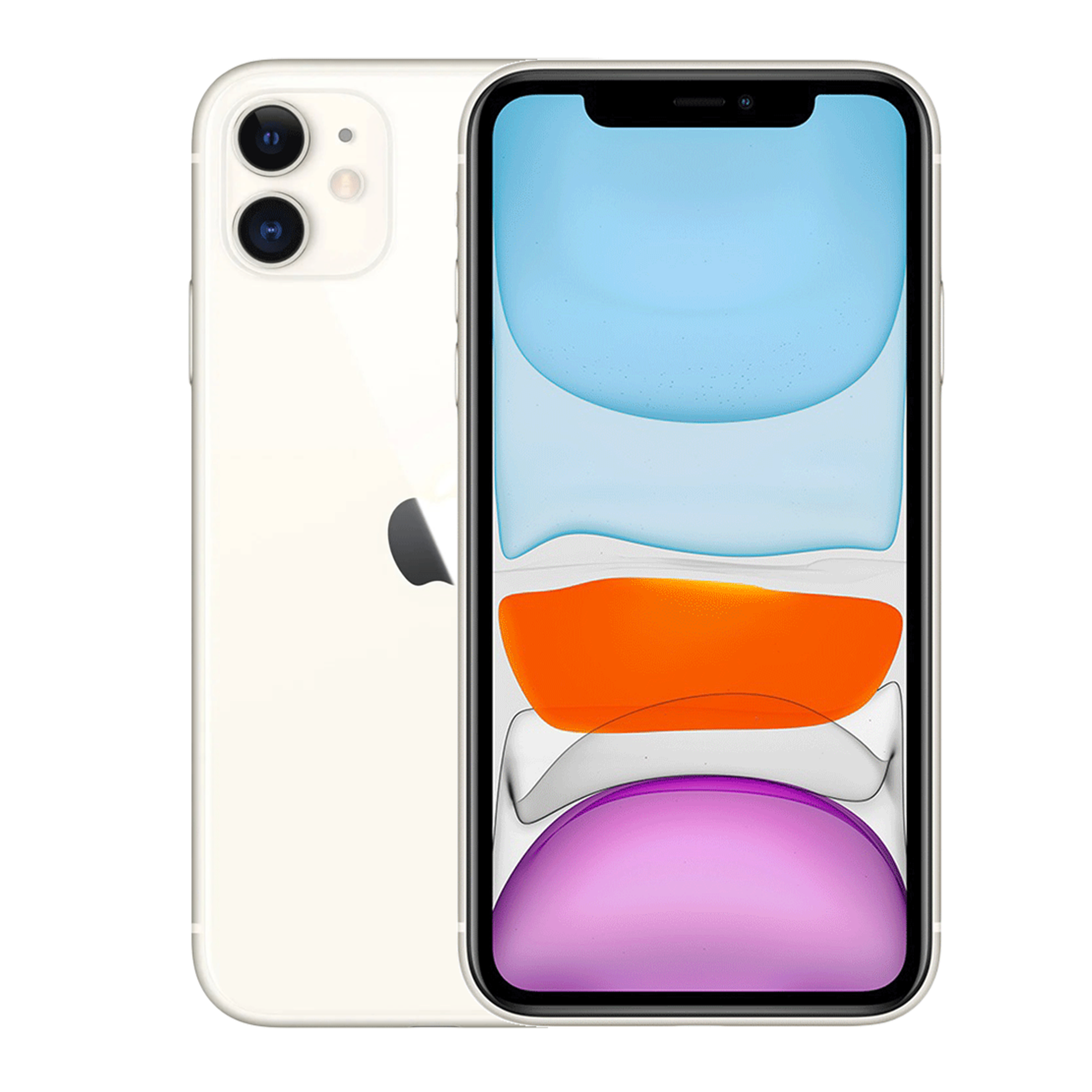
2020 – iPhone 12 series
The iPhone 12 series in 2020 featured four variants instead of three. While the base iPhone 12, the 12 Pro and 12 Pro Max succeeded the iPhone 11 series, a new iPhone 12 mini, with a 5.4 inch was also added as a compact alternative to the rest of the series, which featured a 6.1-inch or larger screen. New additions included 5G and MagSafe wireless charging support.
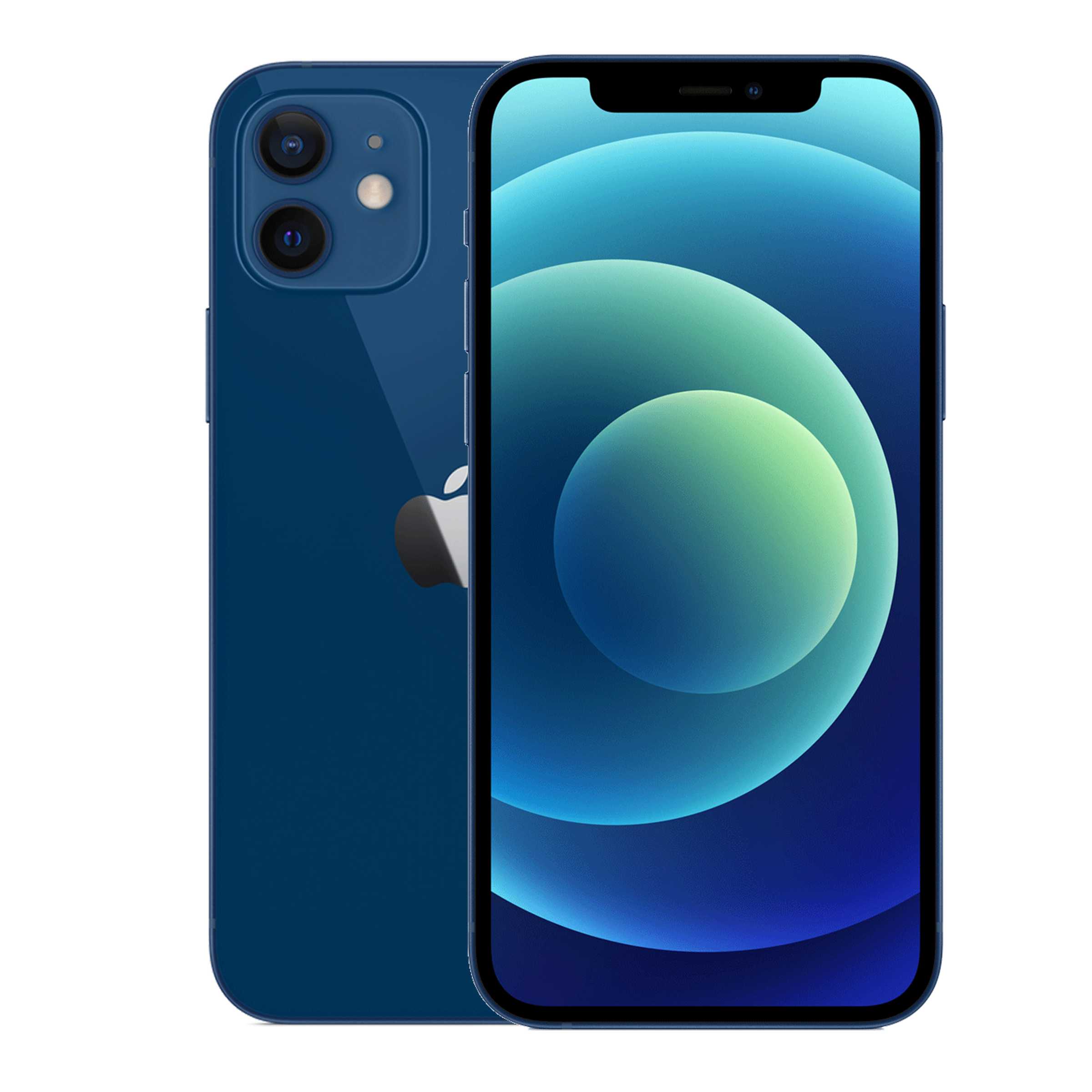
2021 – iPhone 13 series
The iPhone 13 series also had four variants, all of which were direct successors to the iPhone 12 series. The iPhone 13 series improved the series’ performance and reduced the size of the notch. The iPhone 13 Pro and iPhone 13 Pro Max also featured 120Hz refresh rate ProMotion screens.
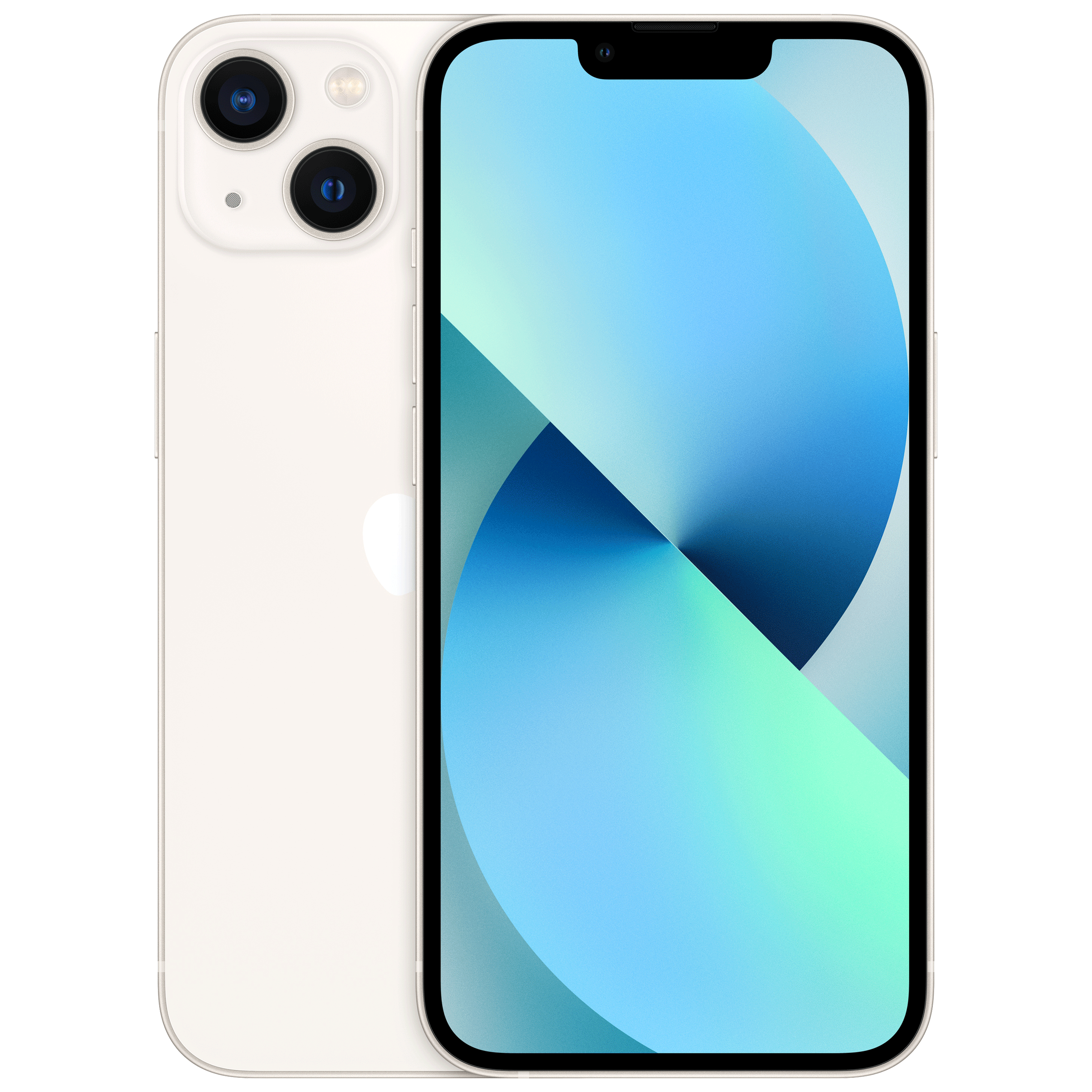
2022 – iPhone 14 series
Apple shuffled the lineup a little last year with the iPhone 14 series. A Plus variant replaced the mini, and users could now also buy a large non-Pro iPhone 14 Plus. The base iPhone 14 and the iPhone 14 Pro now had 6.1-inch screens, while the iPhone 14 Plus and iPhone 14 Pro Max sported 6.7-inch screens. The variants were also separated by the Dynamic Island feature, made exclusive to the Pro models.
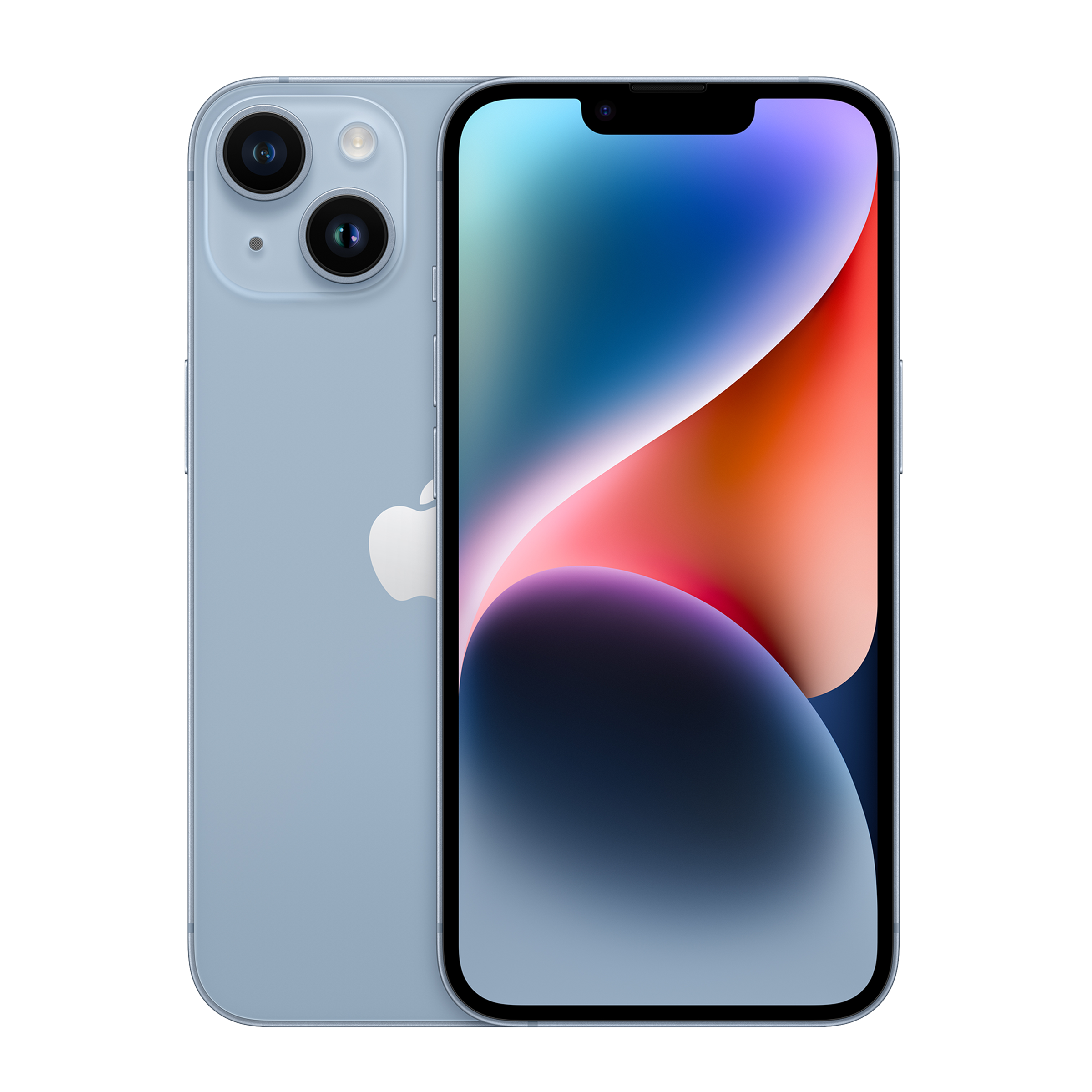
2023 – iPhone 15 series
That brings us to 2023 and the new iPhone 15 series, which includes the iPhone 15, iPhone 15 Plus, iPhone 15 Pro, and the iPhone 15 Pro Max.
The new iPhones follow largely the same design language as the iPhone 14 series, but with new additions like USB-C connectivity, a titanium chassis, and a new A17 Pro chipset on the Pro models that is capable of running console level games with ray-tracing.
The ‘mute’ switch which has been a staple since the first iPhone also now gives way for a more customisable action button.
2024 - iPhone 16 series
Apple also announced the new iPhone 16 series in September 2024, bringing some new features to the lineup. While we still have four iPhone variants – the iPhone 16, the iPhone 16 Plus, the iPhone 16 Pro and the iPhone 16 Pro Max, all four variants now feature the new Camera Control mechanism that brings a new intuitive way to open the camera app and take pictures quickly.
All the phones are also now powered by A18-series chips with a new A18 chip powering the iPhone 16 and 16 Plus, and a new A18 Pro chip powering the two new Pro iPhones.

iPhone SE Series
Apple also began selling the iPhone SE series from 2016, as a compact, affordable iPhone. The SE series retained the bezels and older TouchID-sporting Home button design but were updated with modern chipsets to make sure performance was closer to the flagship iPhones. Apple made three generations of the iPhone SE series – in 2016, 2020, and 2022.
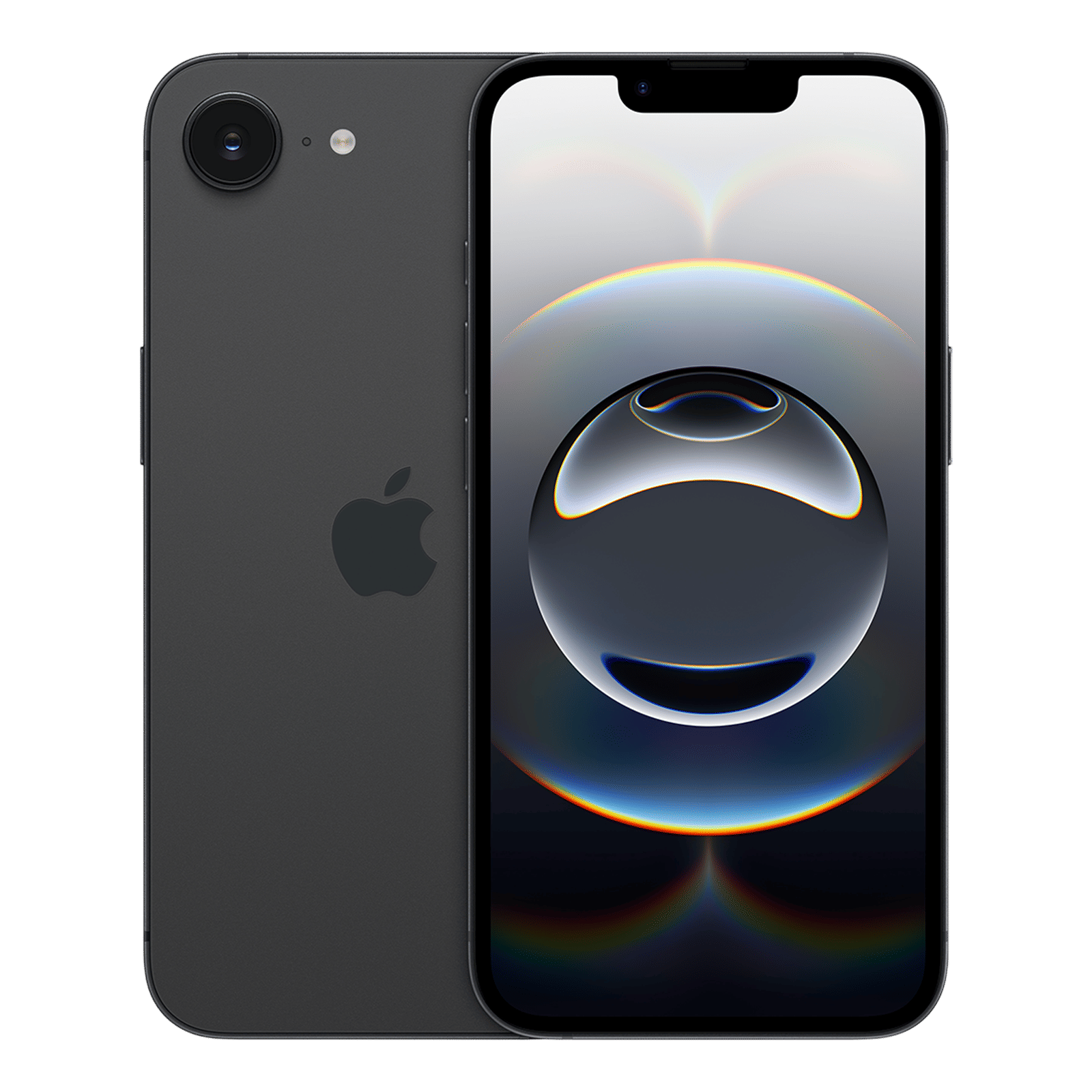
2025 - iPhone 16e
The spiritual successor of the SE series, the iPhone 16e, launched in 2025 to mixed reactions. Some were ecstatic by the fact that the iPhone 16e brought features like the Apple A18 chipset, Apple Intelligence, and a 48MP Fusion camera at relatively affordable price of Rs 59,900.
While others criticised the 16e for its dated 60Hz refresh rate display, lack of MagSafe charging, and its single rear camera. Nevertheless, it could still be a solid entry-point for Android users wanting to switch to iOS or even Apple users wanting to upgrade from an older iPhone 11 or 12.
2025 - iPhone 17 series and iPhone Air
The iPhone 17 marks one of Apple’s biggest design leaps in years. The new aluminium unibody curves seamlessly into a full-width camera plateau, giving the phone a fresh identity while improving heat management. The standard iPhone 17 now gets a 120Hz ProMotion display and tougher Ceramic Shield 2 glass, narrowing the gap with the Pro models.
Apple also introduced the iPhone Air, a slimmer and lighter alternative that focuses on portability and elegance. It’s currently the slimmest in its category at just 5.64mm.
Unleash your inner geek with Croma Unboxed
Subscribe now to stay ahead with the latest articles and updates
You are almost there
Enter your details to subscribe

Happiness unboxed!
Thank you for subscribing to our blog.
Disclaimer: This post as well as the layout and design on this website are protected under Indian intellectual property laws, including the Copyright Act, 1957 and the Trade Marks Act, 1999 and is the property of Infiniti Retail Limited (Croma). Using, copying (in full or in part), adapting or altering this post or any other material from Croma’s website is expressly prohibited without prior written permission from Croma. For permission to use the content on the Croma’s website, please connect on contactunboxed@croma.com
- Related articles
- Popular articles












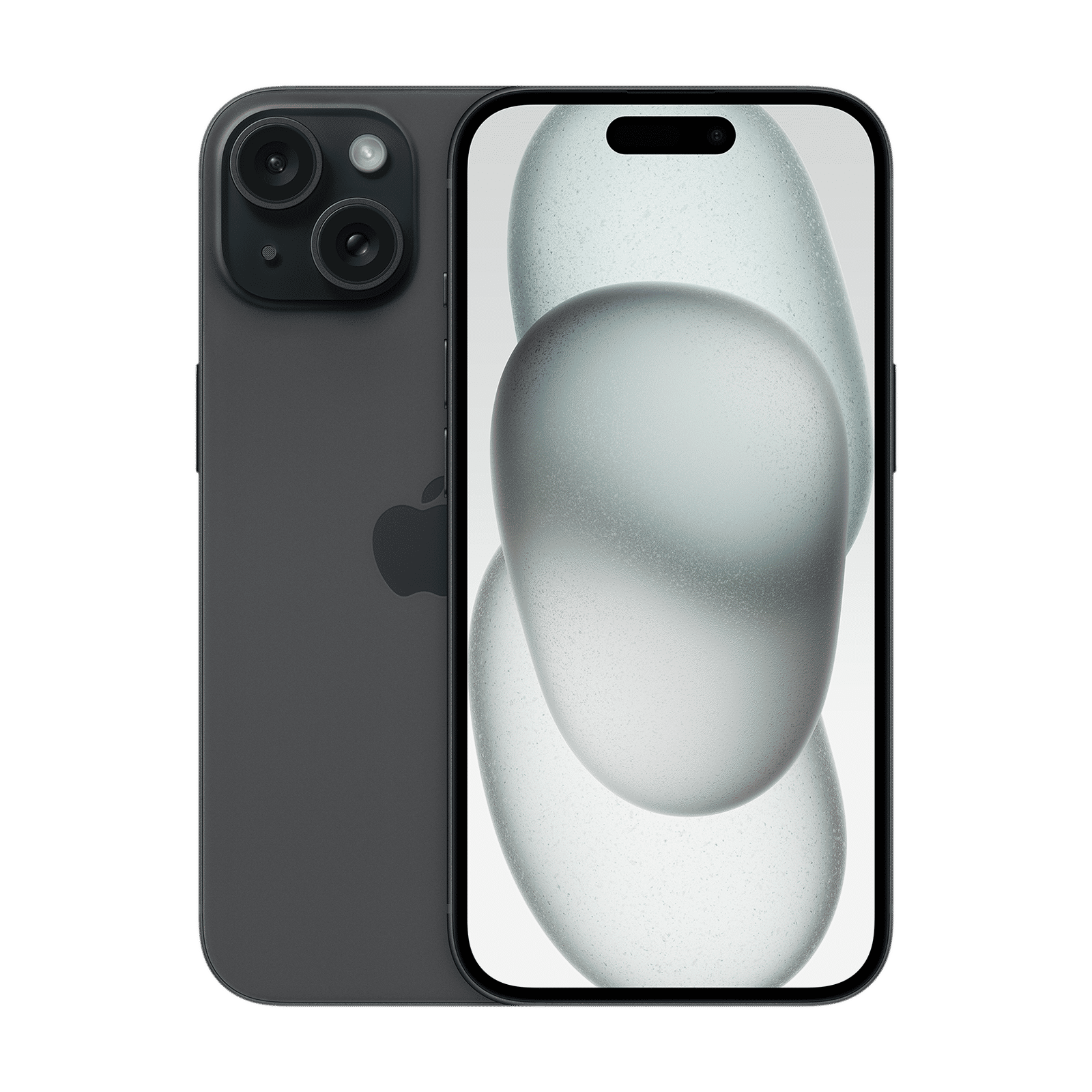
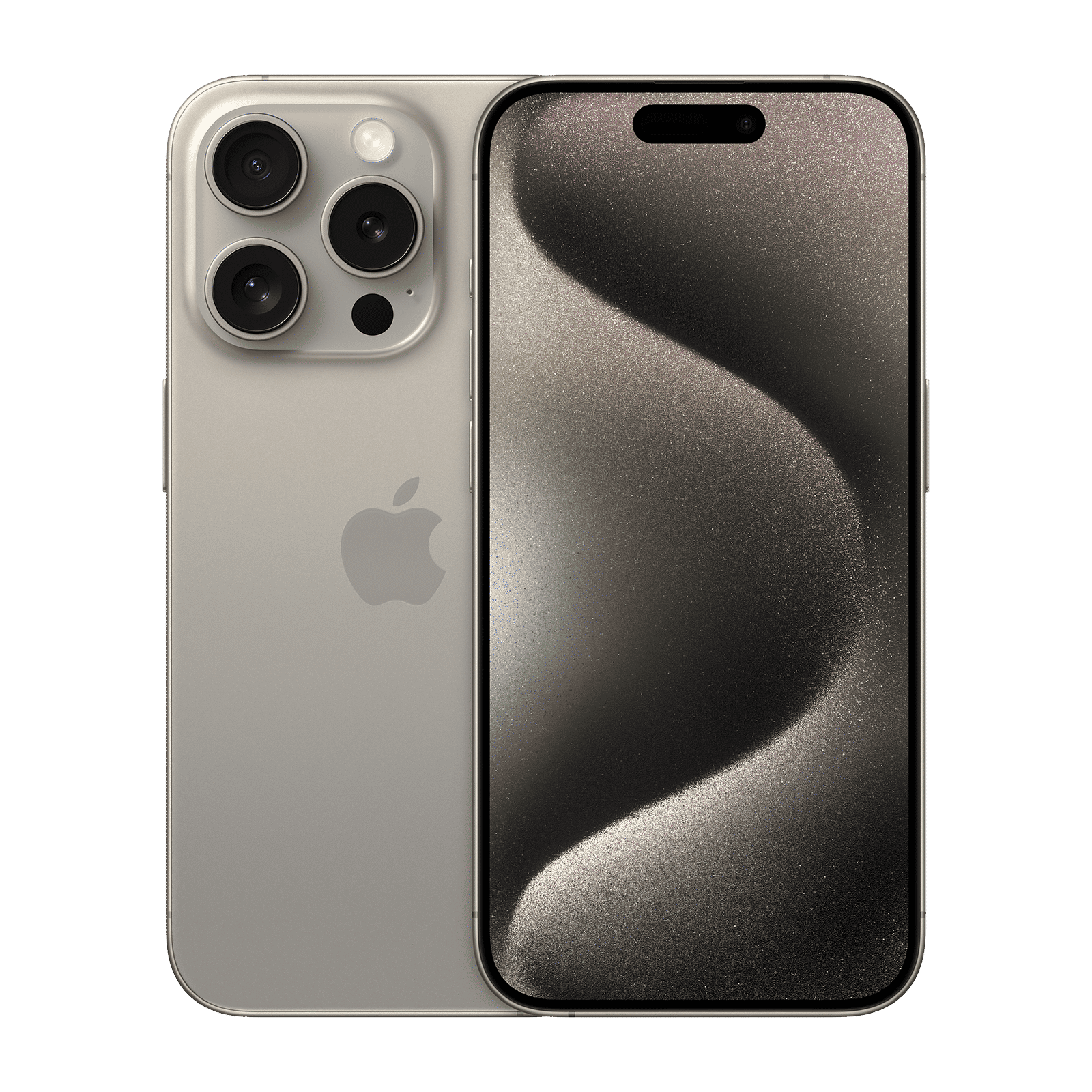
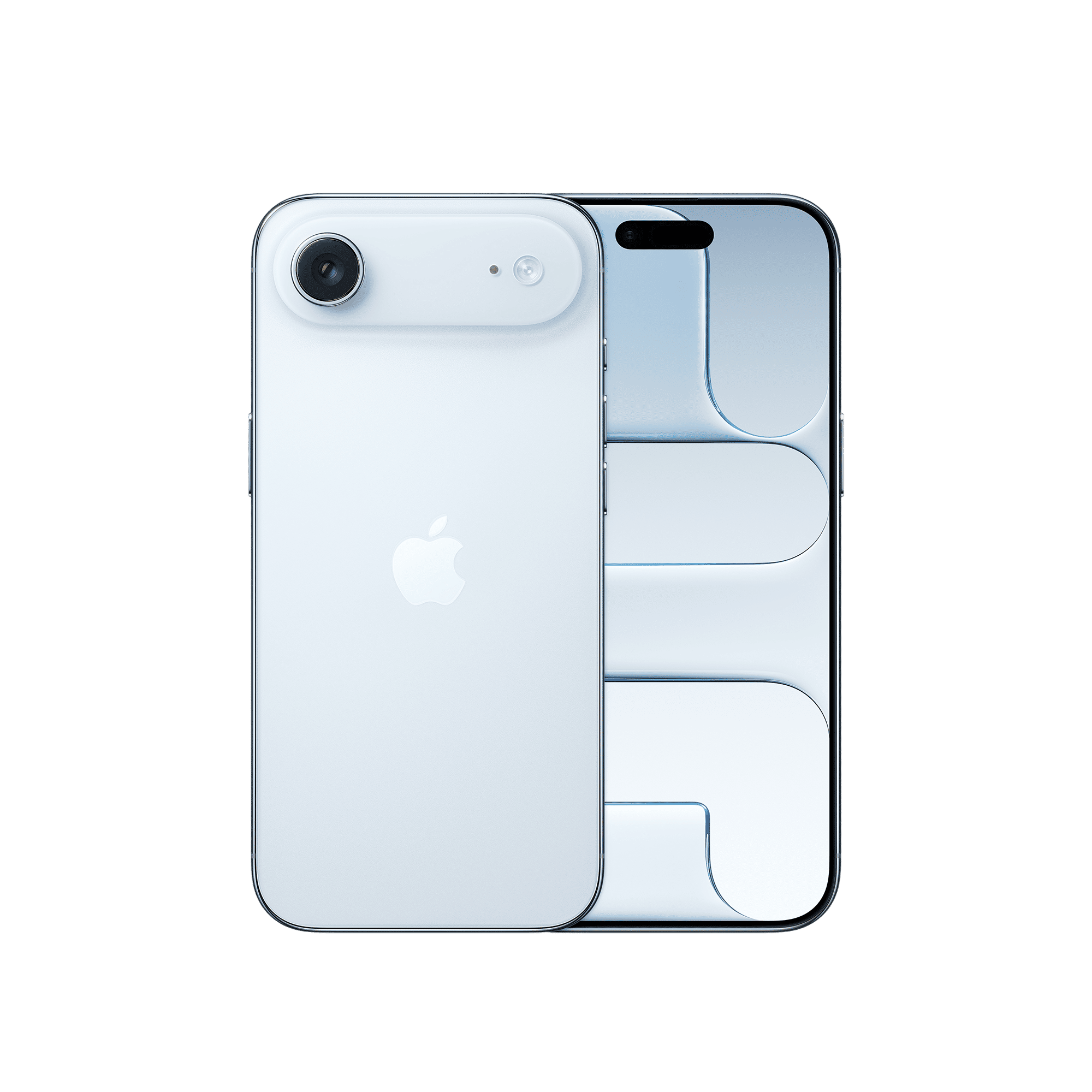
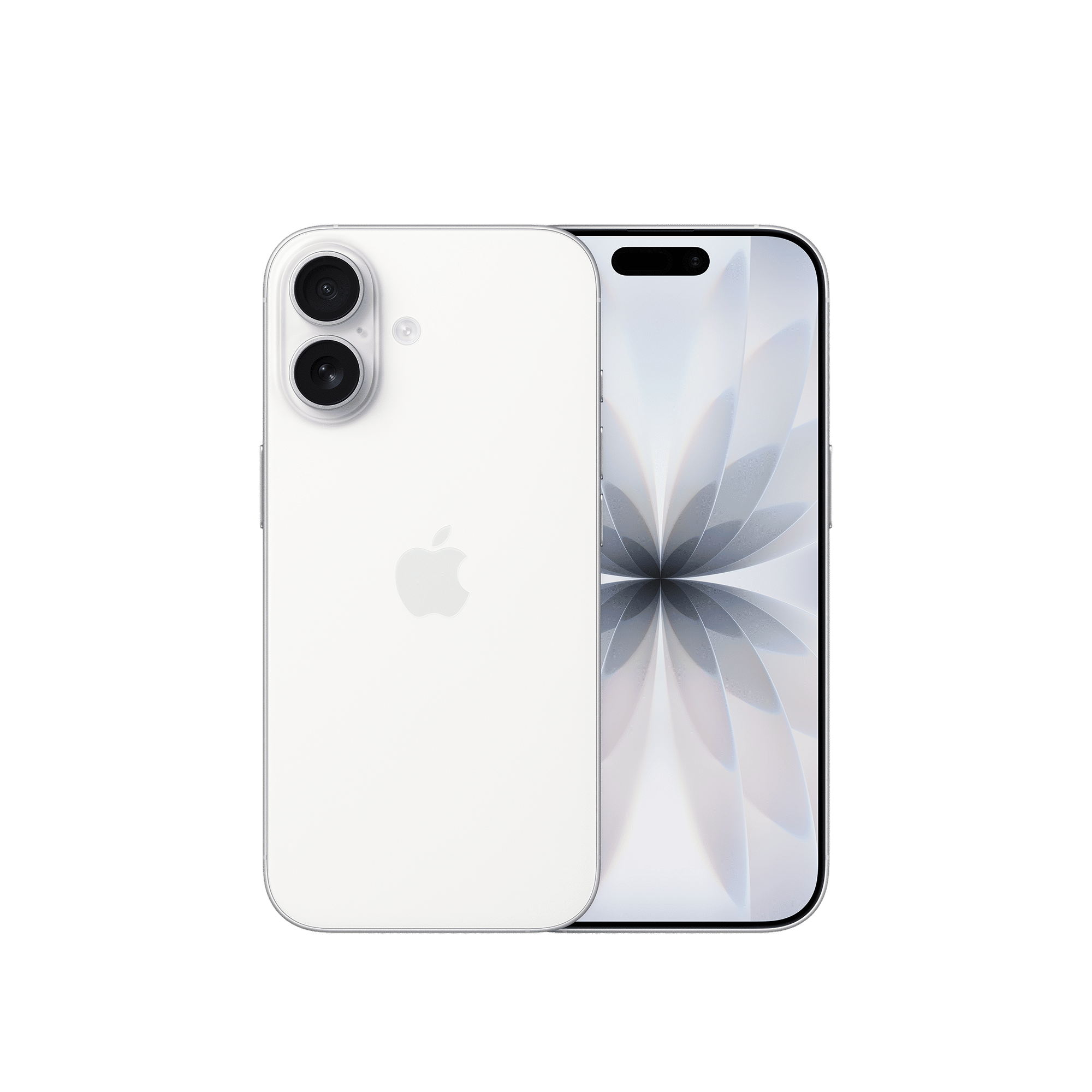

Deepak Prajapati
Loren ipsum
Deepak Prajapati
Hello world